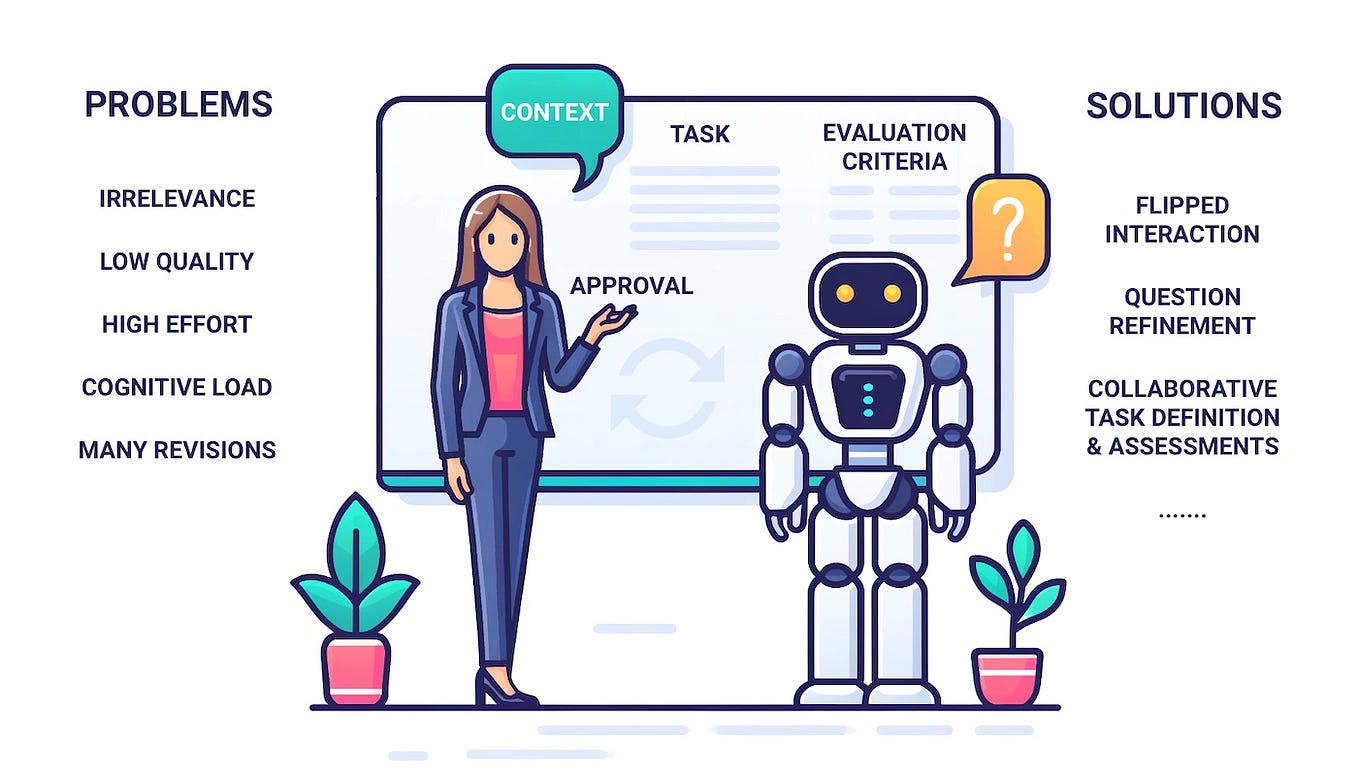Generic AI Design Patterns: An All-Inclusive Manual
Demystifying the Maze: A Guide to Generic AI Design Patterns
The world of AI development can feel like a sprawling labyrinth, filled with complex algorithms and unfamiliar techniques. For those looking to build intelligent systems, design patterns offer a beacon of light, illuminating proven approaches to common challenges.
In this blog, we delve into the captivating realm of generic AI design patterns, providing a roadmap for developers at all levels.
What are Generic AI Design Patterns?
Imagine building a house. You wouldn’t start from scratch every time, right? You’d likely leverage established blueprints or architectural patterns, adapting them to your specific needs. Similarly, generic AI design patterns are well-established solutions for recurring problems in AI development. They serve as reusable templates, saving time and effort while promoting best practices.
Unveiling the Toolbox: Popular Design Patterns
The diverse landscape of AI applications necessitates a rich tapestry of design patterns. Here are a few notable examples:
- Blackboard Architecture: Facilitates communication and collaboration between various AI components, akin to a shared workspace where agents post solutions and updates.
- Model Pipeline: Modularizes the ML process, dividing tasks like data preprocessing, training, and evaluation into manageable steps.
- Generative Adversarial Networks (GANs): Pit two neural networks against each other, one generating data and the other trying to distinguish it from real data, ultimately leading to high-quality content generation.
- Reinforcement Learning (RL) Patterns: Offer strategies for designing effective reward functions, exploring environments, and handling exploration-exploitation trade-offs in RL agents.
Choosing the Right Pattern: Picking Your Lock
Selecting the appropriate pattern depends heavily on your specific application. Consider factors like:
- The type of AI you’re building: Is it a classifier, a chatbot, or something else?
- The problem you’re trying to solve: What are the unique challenges and constraints?
- Your available resources: Time, computational power, and expertise all play a role.
Remember, design patterns aren’t one-size-fits-all solutions. Adapt them to your specific needs and don’t be afraid to combine different patterns for even more powerful results.
Beyond the Basics: Advanced Considerations
As you venture deeper into AI development, consider these additional points:
- Pattern composition: Combine multiple patterns to tackle complex problems.
- Pattern anti-patterns: Understand common pitfalls associated with specific patterns.
- Evolving landscape: Stay updated on emerging design patterns and best practices.
Conclusion: Unlocking the Potential of AI
Generic AI design patterns offer invaluable tools for navigating the intricate world of AI development. By understanding their purpose, exploring popular examples, and carefully choosing the right ones, you can build intelligent systems faster, more efficiently, and with greater confidence. Remember, the key lies in understanding the core concepts, adapting them to your specific needs, and continuously learning as the field of AI evolves. So, step into the labyrinth, armed with these design patterns, and start building the future of intelligent systems!
Further Exploration:
- Resources: Explore online repositories of AI design patterns and research papers for in-depth understanding.
- Communities: Engage with other AI developers and share experiences with design patterns.
- Experimentation: Get hands-on and experiment with different patterns to see how they work in practice.
With dedication and exploration, you can master the art of AI design patterns and unlock the boundless potential of intelligent systems!










